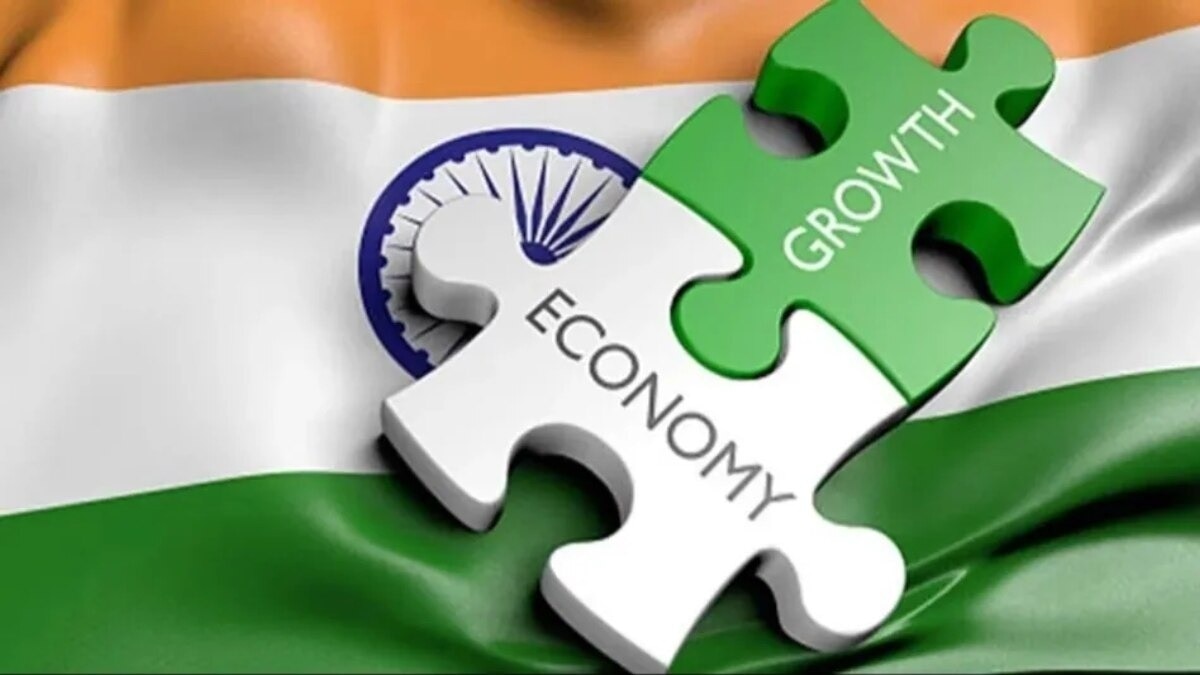S&P Upgrade: India's Economy Proves Its Mettle After 18 Years – A Sign of Strength and Agility

India's economy is being hailed as remarkably agile and robust following a significant ratings upgrade from Standard & Poor's (S&P) – the first in 18 years. The news, announced recently, has been met with widespread optimism and is being attributed to the government's proactive economic policies under Prime Minister Narendra Modi.
The Finance Ministry released a statement on X (formerly Twitter) declaring that the upgrade serves as a powerful reaffirmation of India's economic prowess. “The ratings upgrade reaffirms that under Prime Minister Narendra Modi’s leadership, India’s economy is truly agile, active, and resilient,” the statement read. This sentiment is echoed by many economists who see the upgrade as a testament to India's growing importance on the global stage.
What Led to the Upgrade?
According to the Finance Ministry, the S&P upgrade is a direct result of the government's commitment to fiscal consolidation, alongside a continued and vigorous push for infrastructure development and inclusive growth. This means carefully managing government spending while simultaneously investing in essential infrastructure projects like roads, railways, and ports, which are vital for economic growth. The ‘inclusive growth’ aspect highlights the focus on ensuring that the benefits of economic progress are shared across all segments of society, not just a select few.
Specifically, the government's efforts to streamline regulations, encourage foreign investment, and promote domestic manufacturing have played a crucial role. Initiatives like “Make in India” have aimed to boost local industries and reduce reliance on imports, strengthening the country’s economic self-sufficiency. Furthermore, reforms in the banking sector and efforts to improve the ease of doing business have created a more conducive environment for both domestic and international investors.
Why is This Upgrade Important?
The S&P upgrade carries significant implications for the Indian economy. Firstly, it signals increased confidence among international investors, making India a more attractive destination for foreign capital. This influx of investment can fuel economic growth, create jobs, and boost overall prosperity. Lower borrowing costs are another potential benefit. A higher rating generally translates to lower interest rates on government bonds, reducing the cost of borrowing for both the government and private sector.
Moreover, the upgrade enhances India’s global reputation and strengthens its position in the international financial system. It demonstrates to the world that India is a reliable and creditworthy nation, capable of managing its finances responsibly. This improved standing can lead to better trade deals and greater access to international markets.
Looking Ahead
While the S&P upgrade is undoubtedly a cause for celebration, it's important to acknowledge that challenges remain. Continued focus on fiscal discipline, structural reforms, and addressing social inequalities will be crucial to sustaining this positive momentum. The government's commitment to these areas will be key to ensuring that India's economic success is both robust and inclusive. The coming years will be critical in consolidating these gains and cementing India’s position as a leading global economy. The emphasis on sustainable growth and responsible governance will be paramount to long-term success.






